Mexico’s mountainous regions hold spectacular treasures that many travelers miss while flocking to coastal resorts. The winding roads through these highlands reveal centuries-old towns where traditions remain untouched, and authentic Mexican culture thrives far from tourist crowds.
Ancient churches, cobblestone streets, and local markets await those willing to venture beyond the beaten path. Here is a list of 20 unforgettable mountain towns to explore on your next Mexican road trip.
San Cristóbal de las Casas
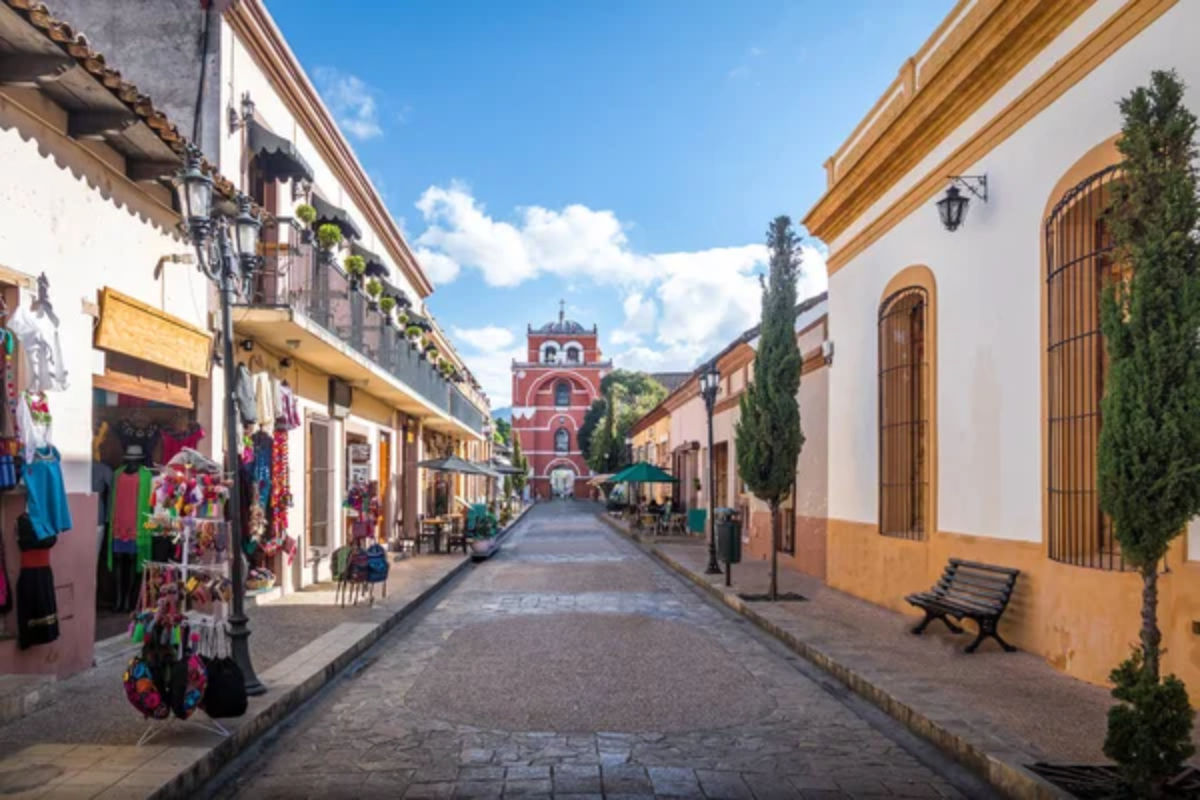
Nestled at 7,200 feet above sea level in the highlands of Chiapas, San Cristóbal blends Indigenous and colonial influences into a vibrant cultural tapestry. The colorful buildings and pedestrian-friendly streets welcome visitors who explore its artisan markets and historical sites.
Morning fog often blankets the town, creating a mystical ambiance as locals begin their day.
Real de Catorce
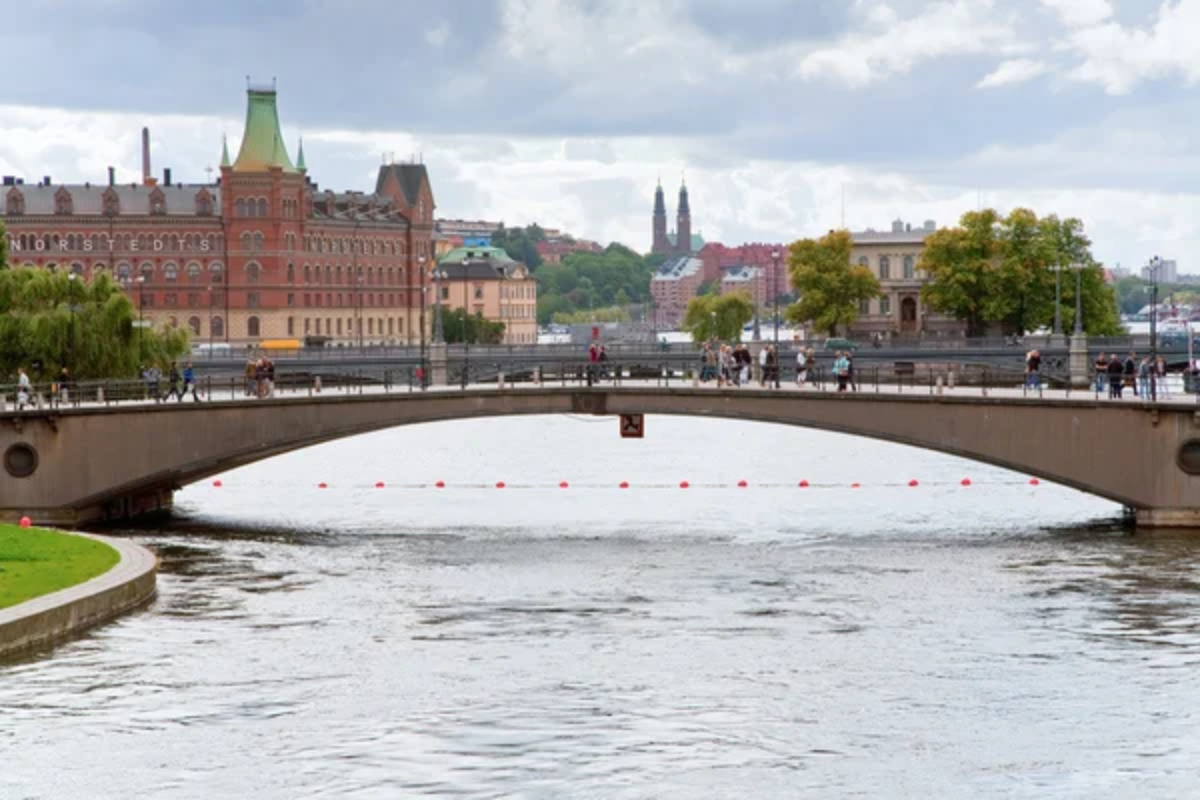
This former silver mining town is perched in the Sierra de Catorce mountains of San Luis Potosí, accessible only through a one-way tunnel carved through solid rock. Abandoned mines and crumbling haciendas tell stories of Real de Catorce’s prosperous past when silver flowed freely from its mountains.
The town’s remote location and spiritual significance to Catholics and the Indigenous Huichol people give it an otherworldly quality that’s hard to forget.
Like Travel Pug’s content? Follow us on MSN.
Taxco
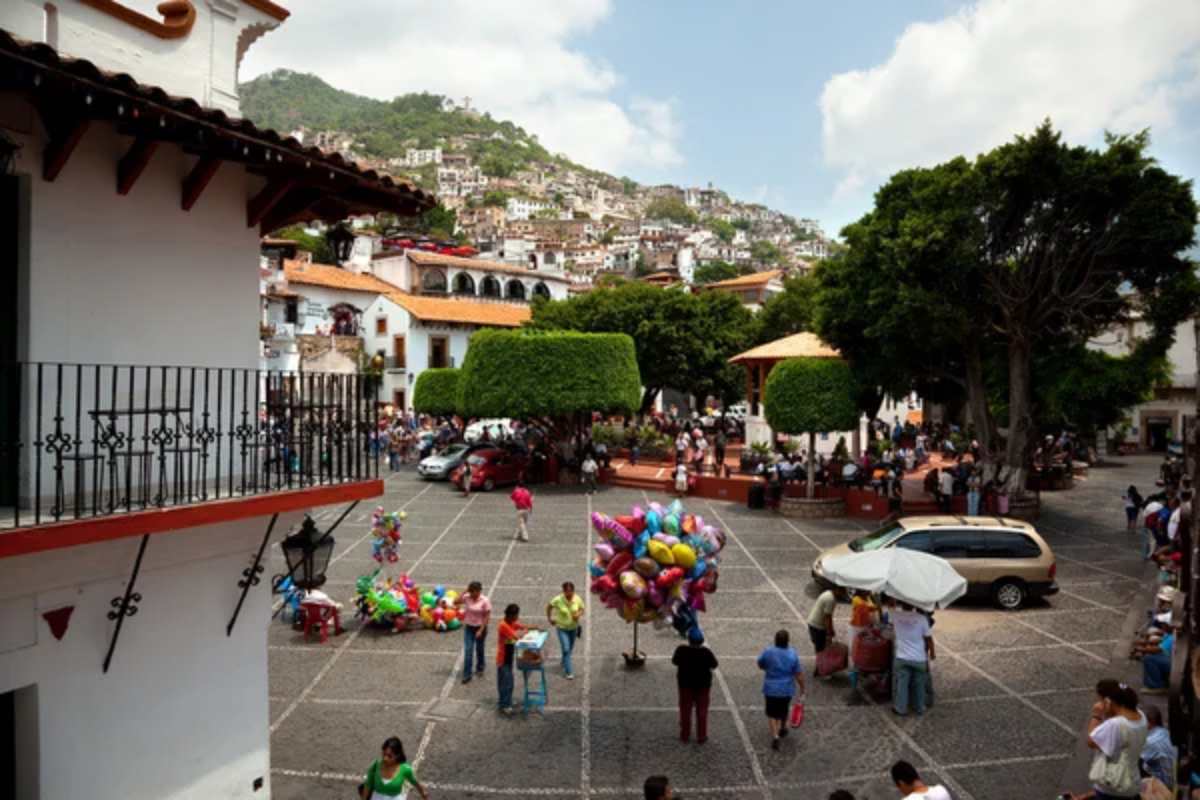
Famous for its silver craftsmanship, Taxco clings dramatically to the mountainside, with whitewashed buildings cascading down steep slopes. The narrow, winding streets were never designed for modern vehicles, making exploration on foot the best way to discover hidden courtyards and artisan workshops.
Santa Prisca Church dominates the townscape with its elaborate pink stone façade, a testament to the wealth generated during Taxco’s mining heyday.
Mineral de Pozos
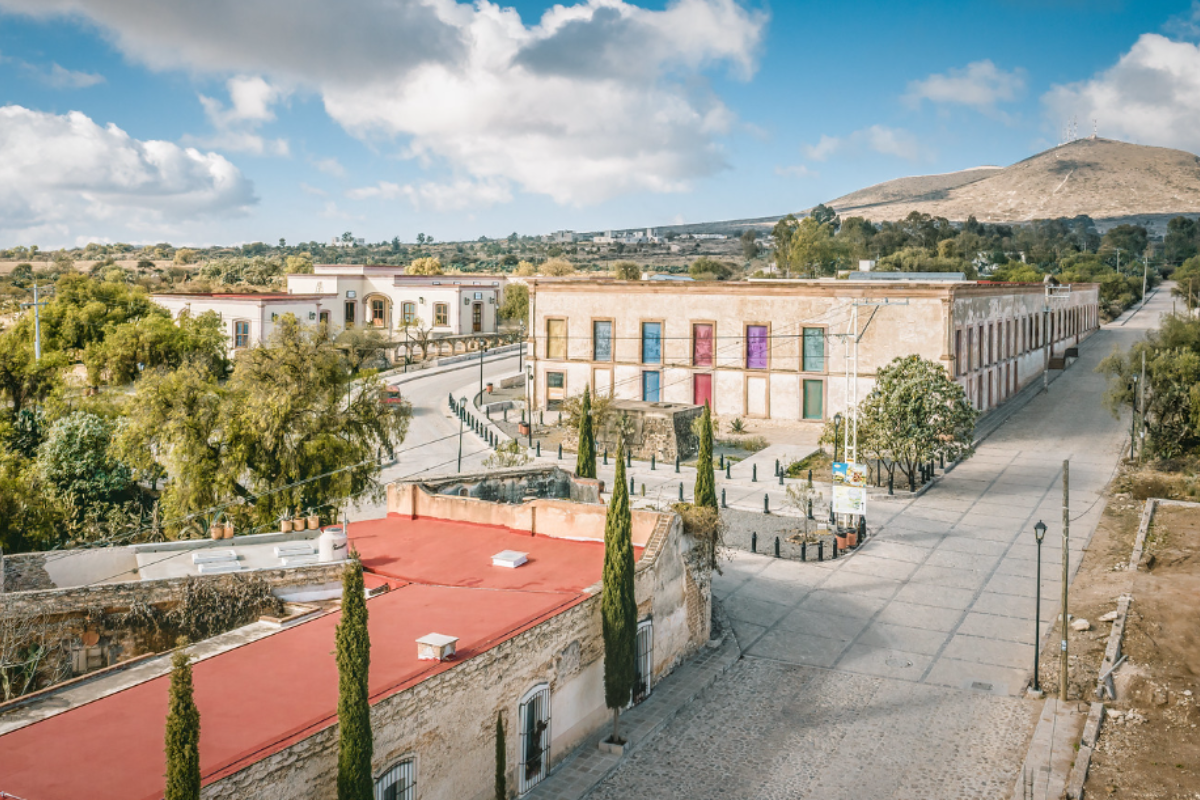
This ghost town in Guanajuato state has experienced a slow revival as artists discover its haunting beauty and perfect light. Abandoned mining structures create a dramatic backdrop against the desert landscape, attracting photographers and history buffs.
The quiet streets hold a fraction of Pozos’s former population, creating a peaceful atmosphere for contemplating the boom-and-bust cycle of mining towns.
Tepoztlán
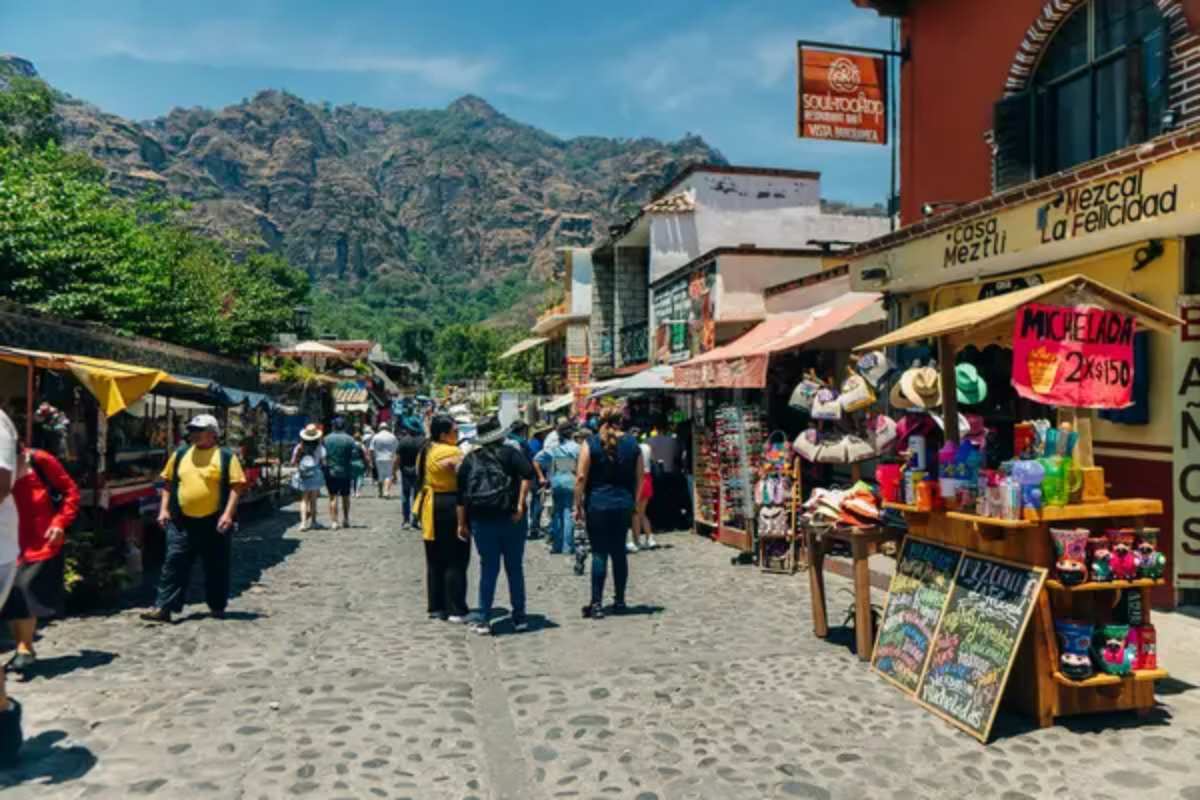
Surrounded by dramatic cliff formations, Tepoztlán combines natural beauty with a reputation as a mystical center that allegedly attracts UFOs and cosmic energy. The town sits in the shadow of Tepozteco Mountain, where an ancient pyramid rewards those who climb the steep trail with panoramic views.
Local markets sell everything from traditional crafts to healing herbs, reflecting the town’s blend of indigenous traditions and new-age spirituality.
Like Travel Pug’s content? Follow us on MSN.
Cuetzalan
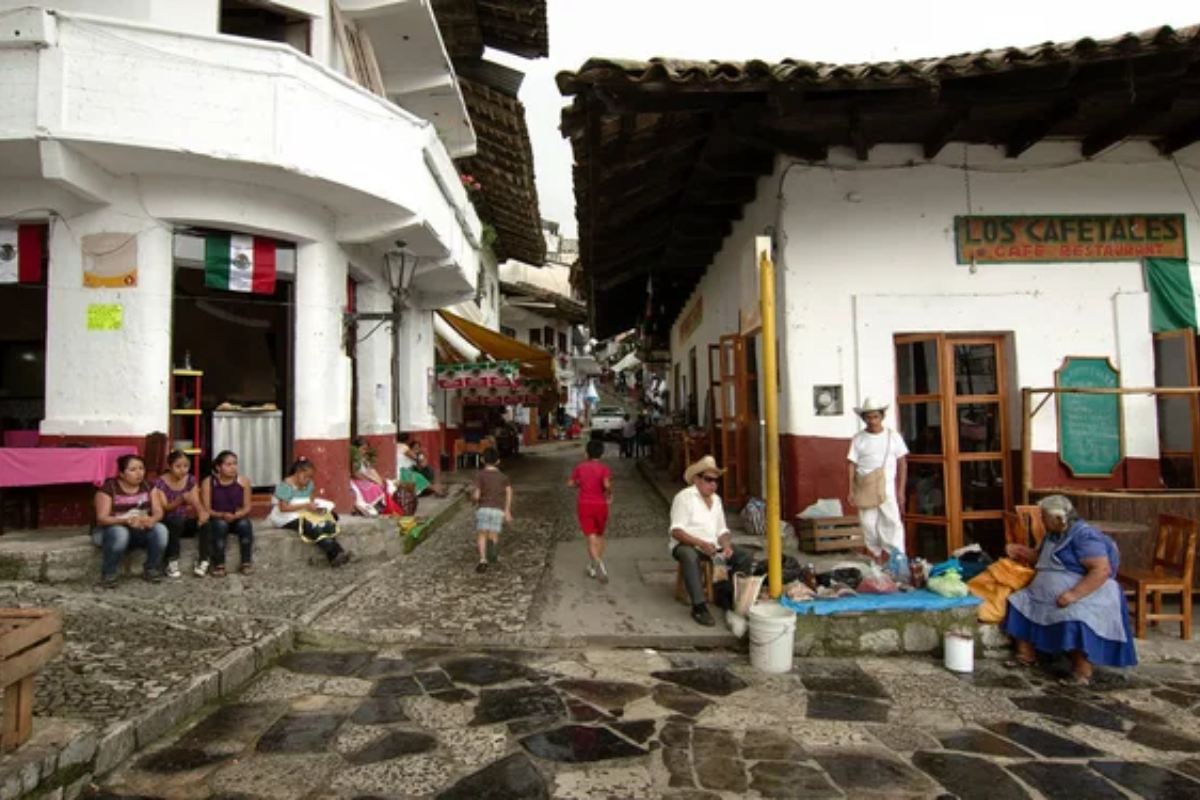
This remote town in Puebla’s northern mountains preserves Indigenous Nahua culture through weekly markets, where locals still wear traditional dress. Mist frequently shrouds the surrounding coffee plantations and waterfalls, creating an ethereal landscape best explored with local guides.
The Sanctuary of Guadalupe church stands as the town’s centerpiece, its façade adorned with intricate patterns reflecting Spanish and Indigenous artistic influences.
Tlalpujahua
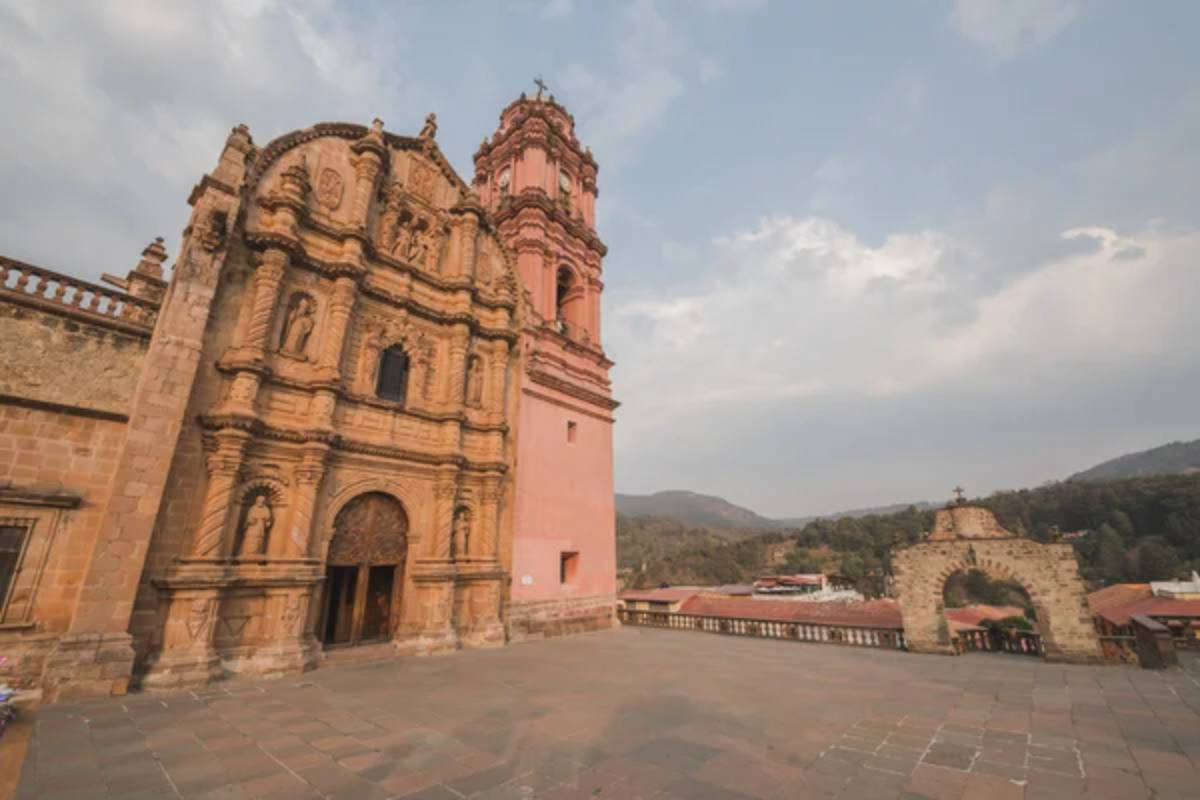
Once a prosperous mining center, Tlalpujahua in Michoacán transformed itself into Mexico’s capital of hand-blown glass Christmas ornaments after the mines closed. Colorful ornaments hang from shop windows year-round, creating a festive atmosphere regardless of the season.
The town’s historic center remains largely unchanged from its 19th-century heyday, offering visitors a glimpse into Mexico’s past.
Pátzcuaro
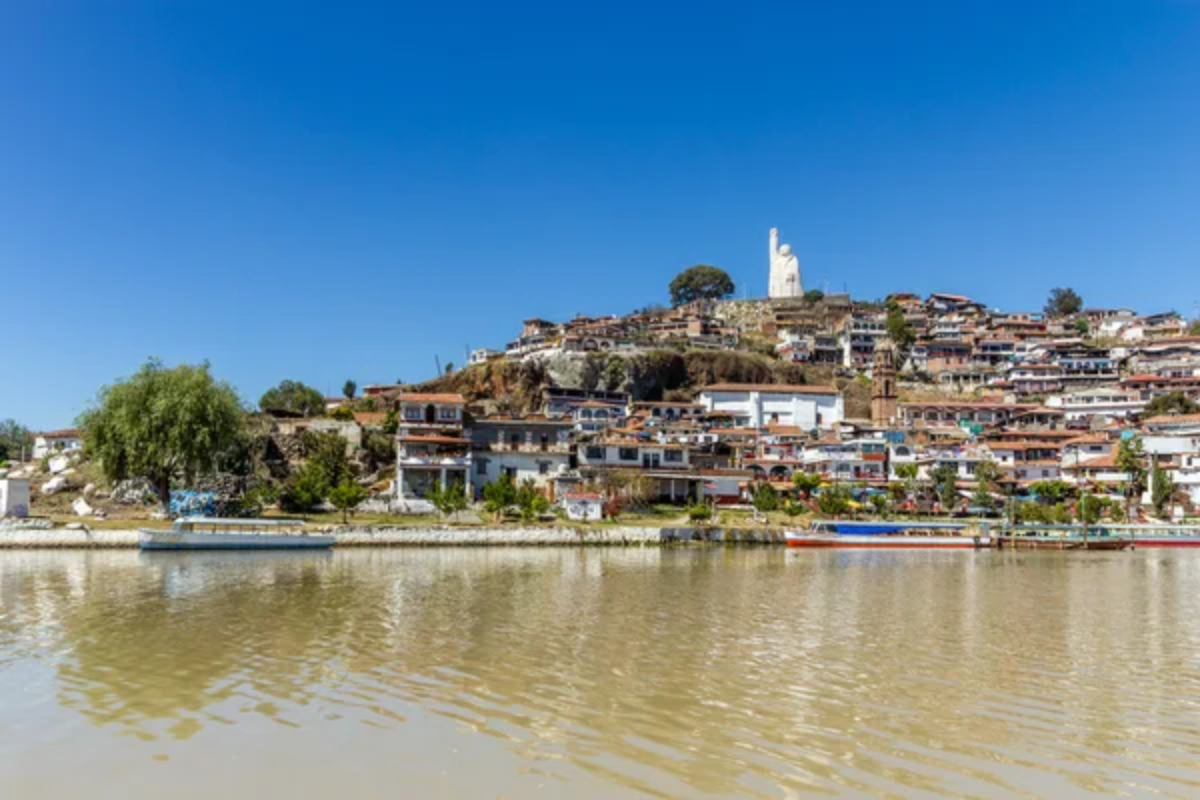
Situated near a lake of the same name, Pátzcuaro, with its well-preserved colonial architecture, is the cultural heart of the Purépecha region. The town’s large plaza comes alive during Day of the Dead celebrations when thousands gather to honor ancestors in one of Mexico’s most authentic observations of this tradition.
Local artisans specialize in lacquerware, copper items, and textiles, reflecting centuries-old techniques passed down through generations.
Like Travel Pug’s content? Follow us on MSN.
Zacatlán
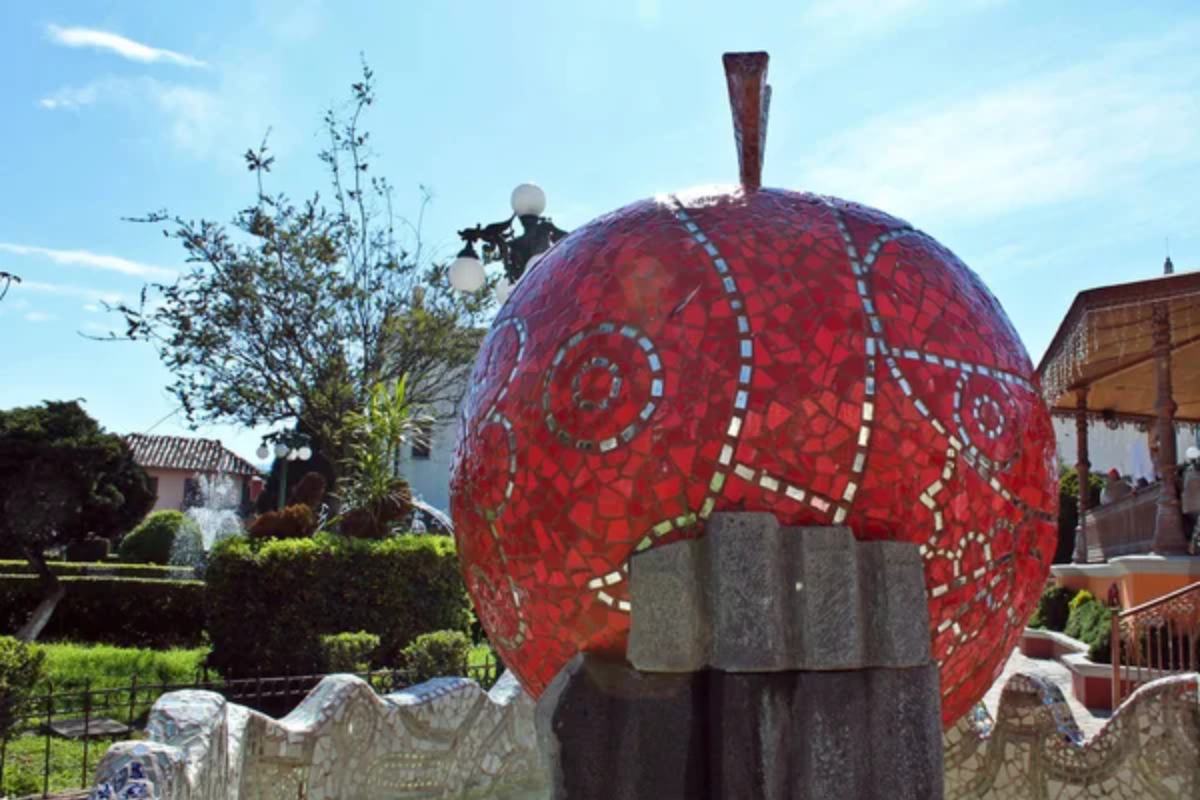
Known as the ‘Apple Capital’ of Mexico, Zacatlán in Puebla state features impressive cliff views and the country’s largest flower clock. Morning fog rolls through the valley below, creating what locals call ‘the sea of clouds’ visible from several viewpoints around town.
The autumn apple harvest brings festivals and specialty foods, including ciders, liqueurs, and pastries that showcase the region’s primary crop.
Mapimí
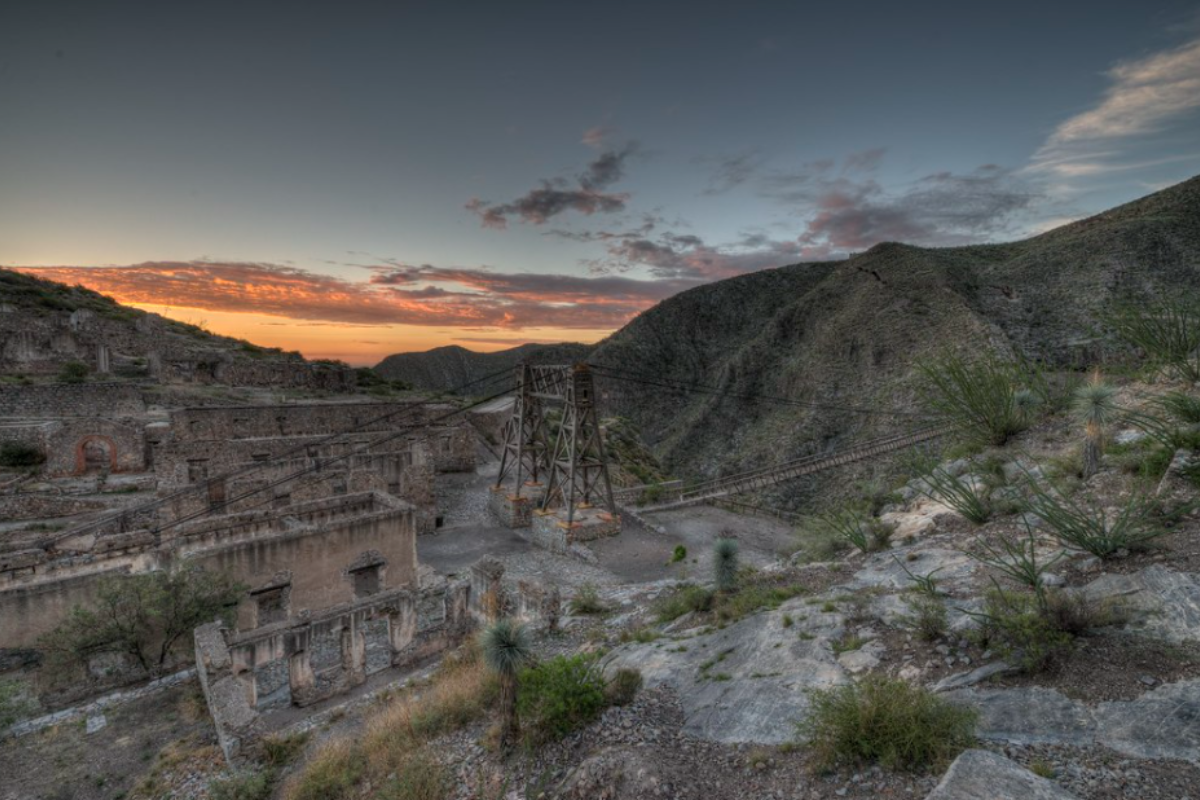
This desert mountain town in Durango sits at the edge of the mysterious Zone of Silence, where radio signals supposedly disappear and magnetic anomalies occur. Adobe buildings line dusty streets, housing residents whose families have adapted to the harsh environment for generations.
The landscape features dramatic rock formations and desert flora that transform into beautiful colors after rare rainfall.
Tlayacapan
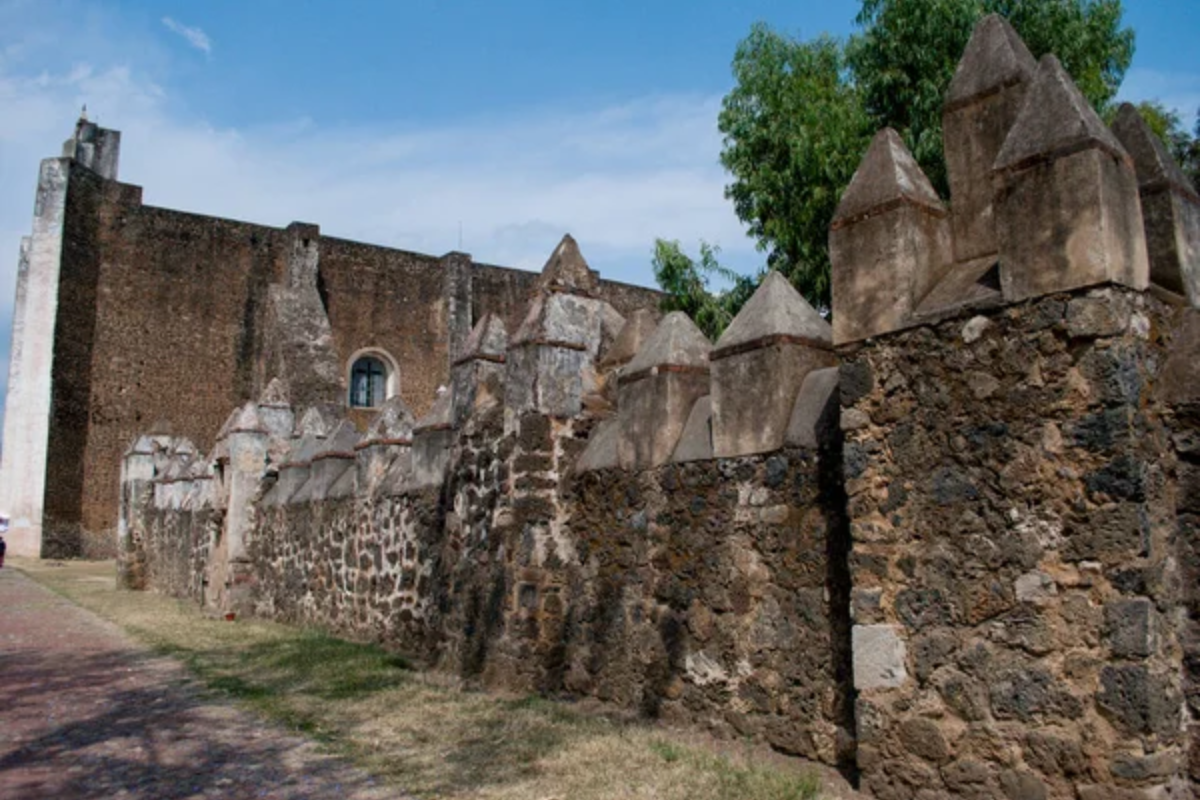
Framed by the volcanic mountains of Morelos, Tlayacapan boasts 26 religious buildings in its small historic center, reflecting its importance as a religious hub. Ancient aqueducts still supply some of the town’s water needs, demonstrating remarkable engineering that has stood the test of time.
The town’s residents maintain agricultural traditions, cultivating nopal cactus and other crops on surrounding hillsides.
Like Travel Pug’s content? Follow us on MSN.
Huasca de Ocampo
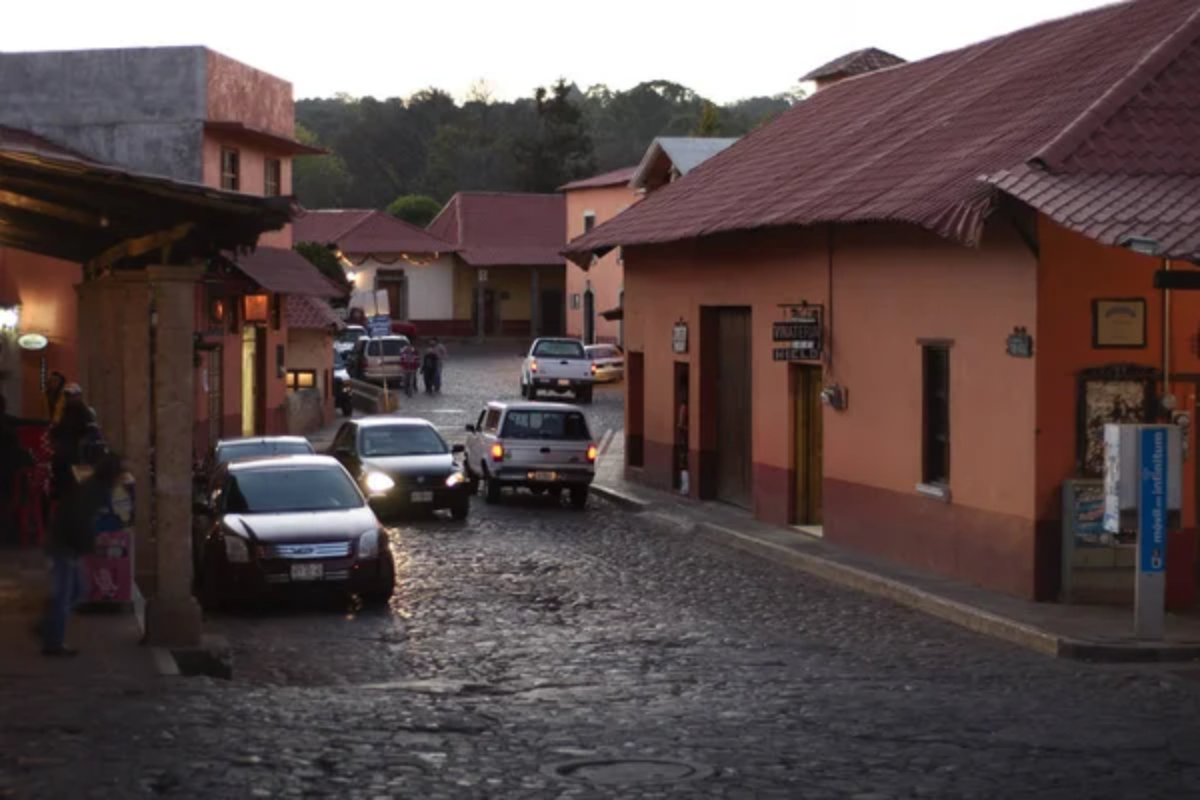
As Hidalgo’s first designated ‘Magical Town,’ Huasca de Ocampo charms visitors with its red-roofed houses and nearby basalt column formations. The surrounding countryside features haciendas converted to hotels where visitors can experience the region’s ranching heritage.
Nearby, the Prismas Basálticos waterfalls cascade over ancient hexagonal basalt columns, creating one of Mexico’s most unusual natural spectacles.
Bernal
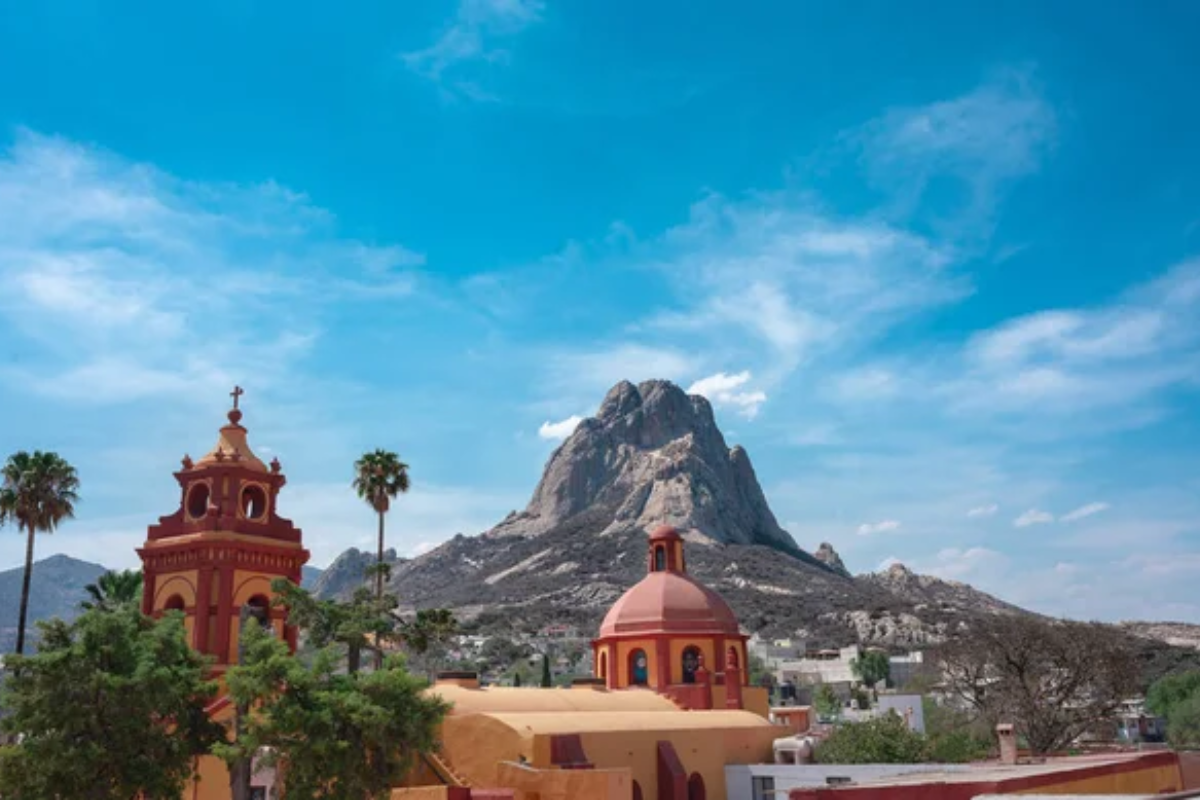
Dominated by the massive Peña de Bernal monolith, this small town in Querétaro lives in the shadow of the world’s third-largest freestanding rock. Local legends claim the 1,421-foot stone formation radiates spiritual energy, contributing to residents’ longevity and well-being.
The town’s culinary specialty is gorditas, stuffed corn patties cooked on traditional wood-fired clay griddles in small family restaurants throughout Bernal.
Tapalpa

Pine forests surround this mountain retreat in Jalisco, where wooden cabins and stone streets create an alpine atmosphere unusual for Mexico. The town’s moderate climate attracts visitors seeking relief from coastal heat, especially during the summer.
Nearby, the enigmatic Los Piedrotas rock formations and mountain lakes provide natural playgrounds for outdoor enthusiasts.
Like Travel Pug’s content? Follow us on MSN.
Mazamitla
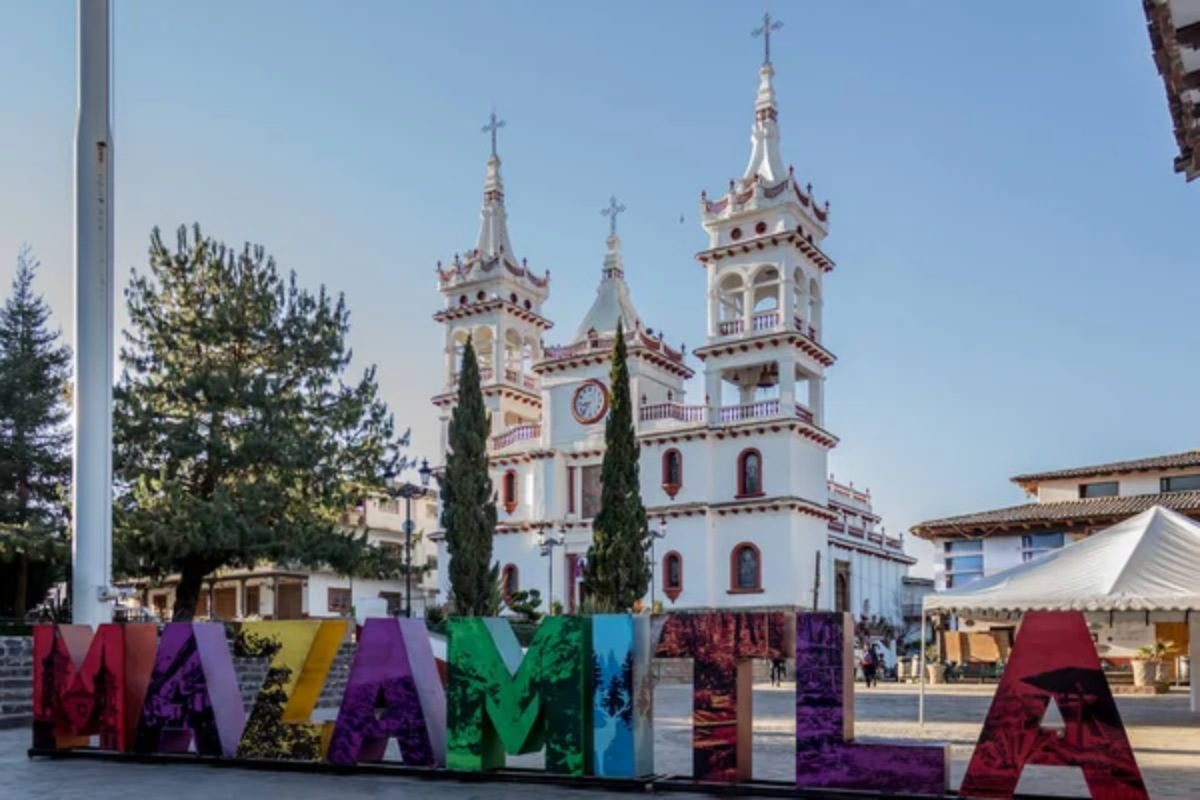
Often called ‘The Mexican Switzerland,’ Mazamitla’s wooden chalets and pine forests create a European feel in Jalisco’s mountains. The town specializes in preserves and liqueurs made from local fruits, particularly the region’s prized blackberries.
Wood carving traditions remain strong, with local artisans producing everything from practical household items to intricate decorative pieces.
Arteaga
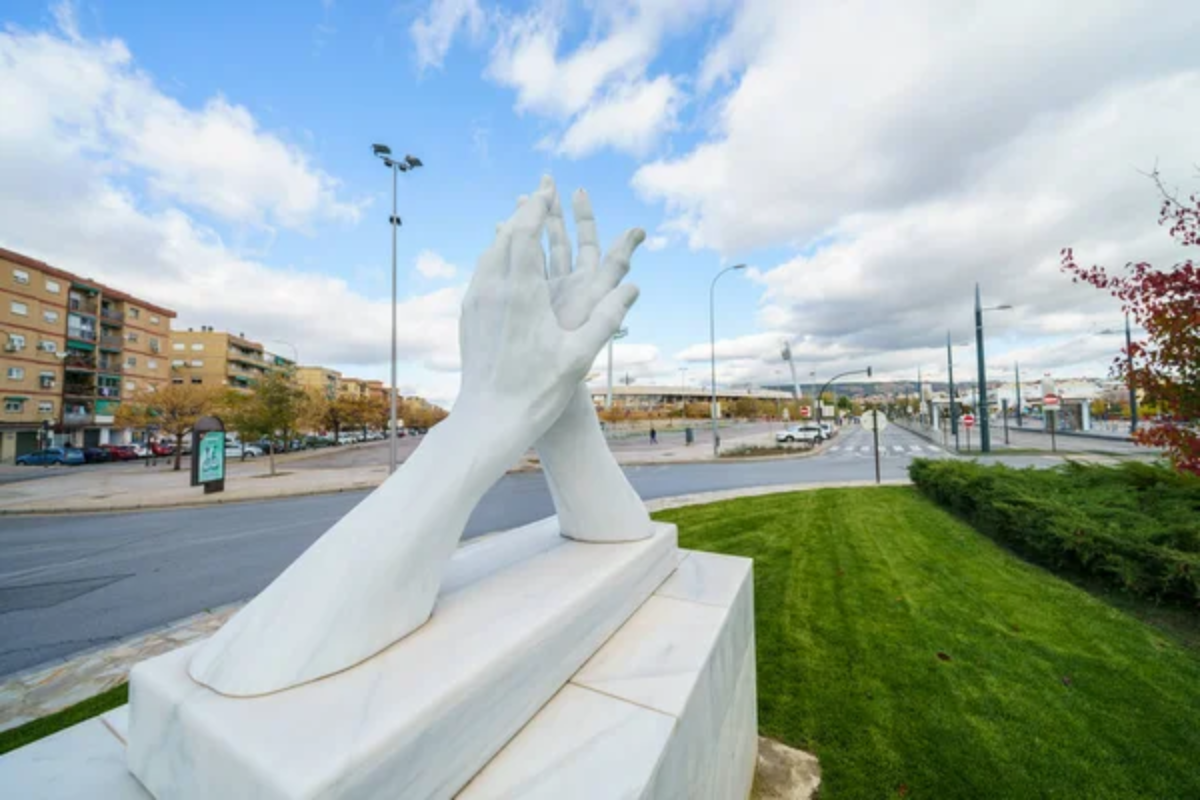
Nestled in the mountains of Coahuila, Arteaga experiences occasional snowfall, earning it the nickname ‘Mexican Switzerland’ during winter months. The surrounding Sierra Arteaga offers hiking trails through pine forests and apple orchards that produce the region’s famous fruit.
Local cabins built from regional pine provide cozy accommodations for visitors exploring this lesser-known mountain destination.
Capulálpam
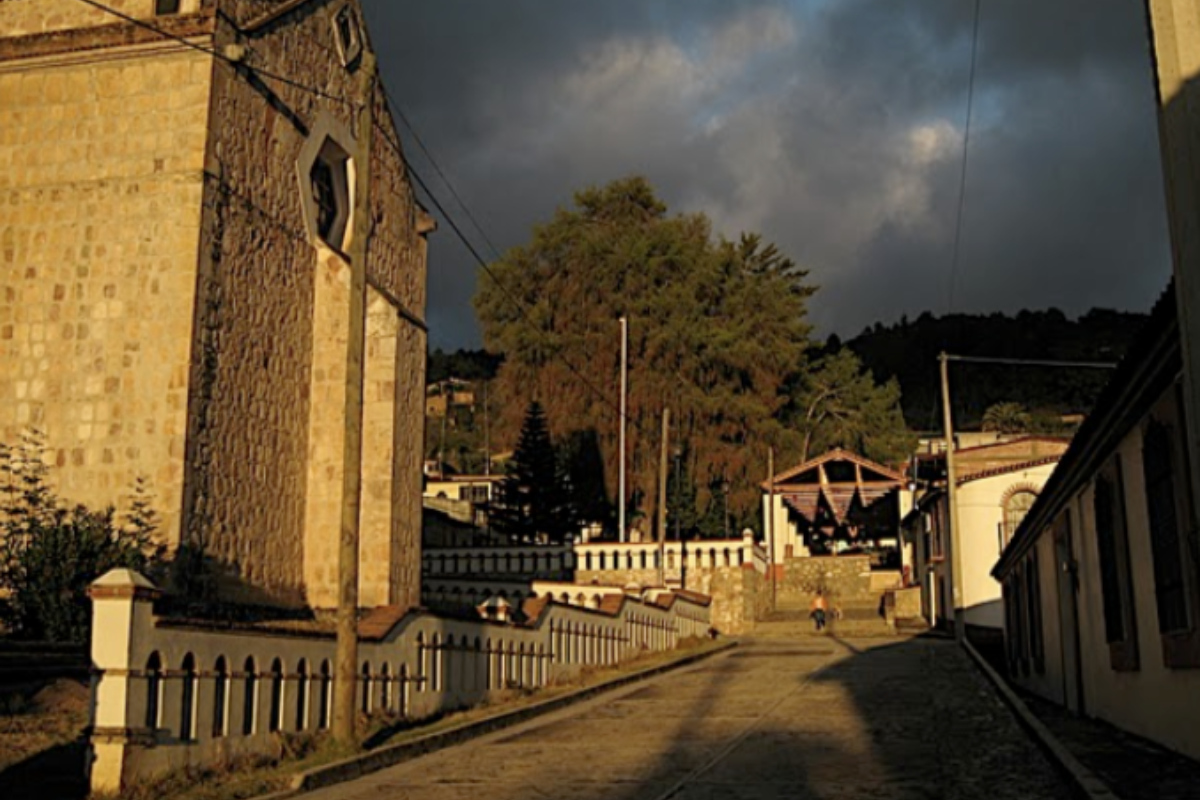
This small Oaxacan mountain town preserves indigenous Zapotec traditions while managing its forests through a successful community-based conservation program. Once exploited by foreign companies, the town’s mines now serve as educational tourism sites where visitors learn about traditional mining methods.
Local wooden houses feature distinctive architectural elements that have remained largely unchanged for centuries.
Like Travel Pug’s content? Follow us on MSN.
Cholula
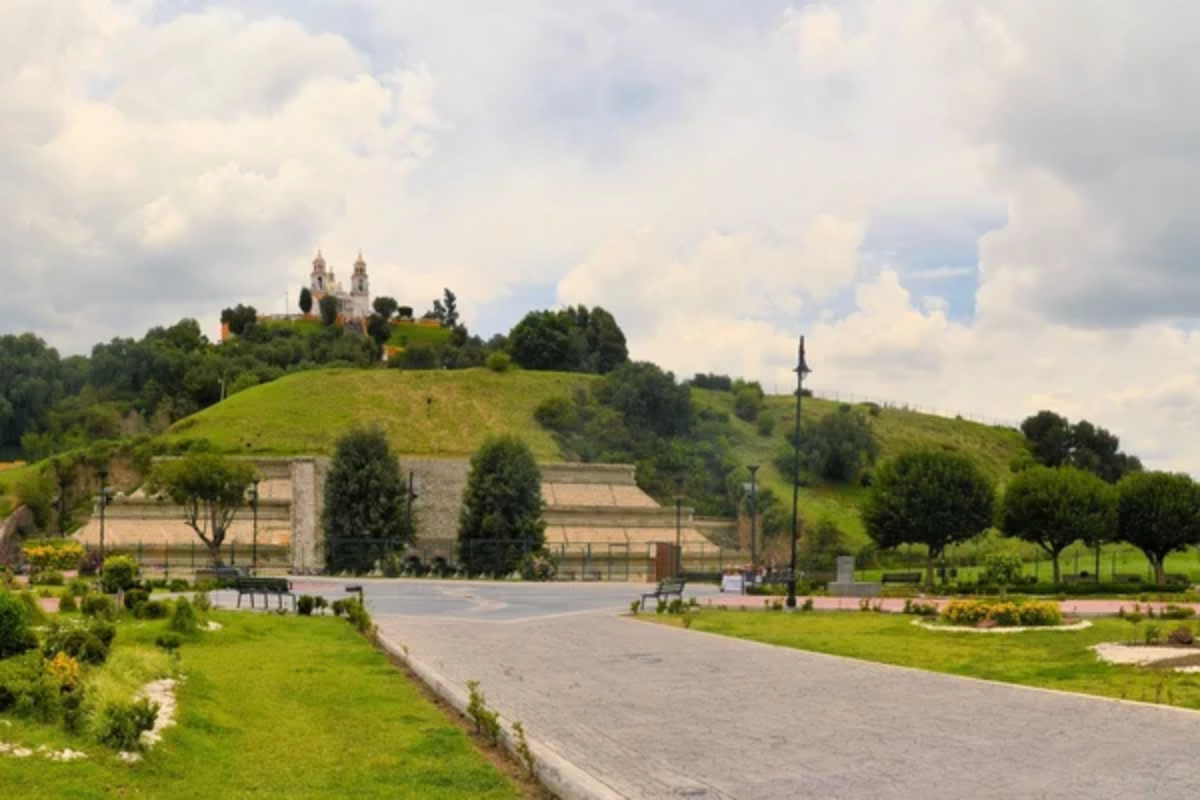
Though not remote, this mountain town sits in the shadow of Mexico’s most famous volcano, Popocatépetl, and houses the largest pyramid base in the world. The Great Pyramid, now appearing as a hill with a church on top, stretches across 45 acres and contains over 8 kilometers of tunnels that visitors can explore.
The town’s 365 churches—supposedly one for each day of the year, though the number is closer to 40—reflect Cholula’s religious significance throughout Mexican history.
Tlaxco
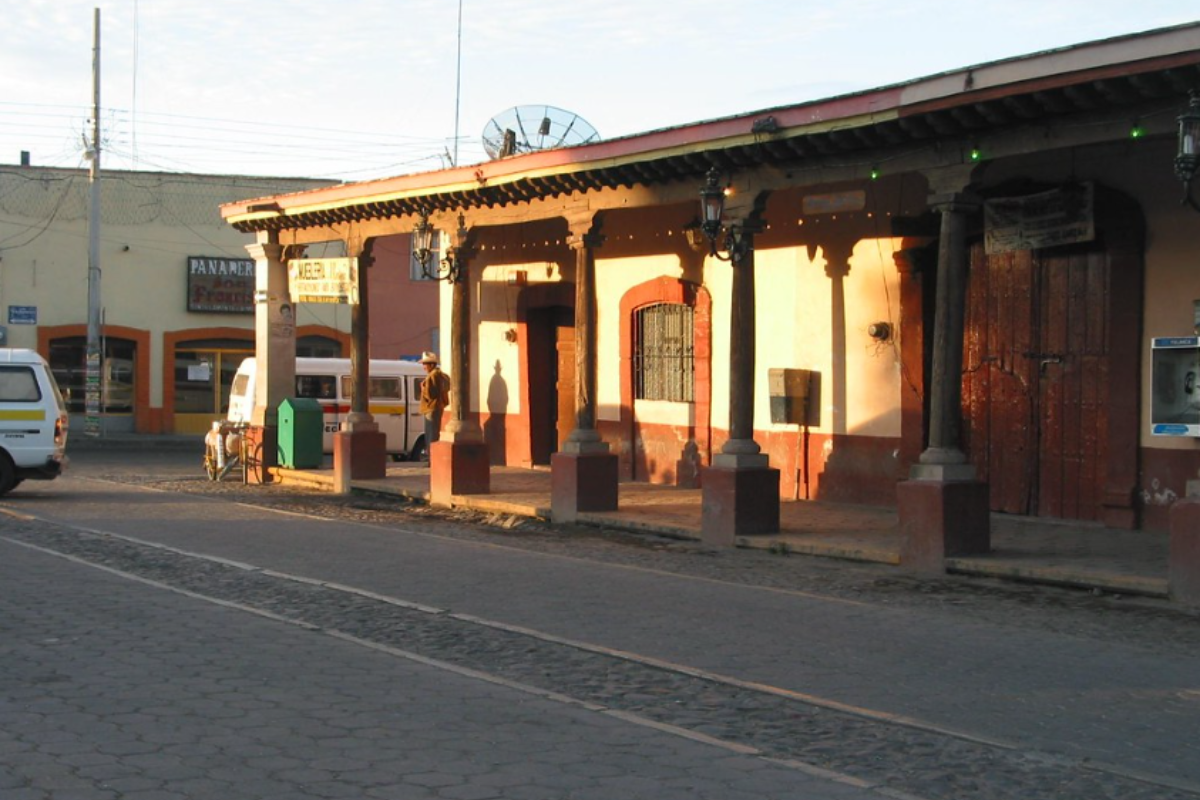
Set in a valley surrounded by pine-covered mountains, Tlaxco in Tlaxcala state features picturesque haciendas and a weekly livestock market continuing centuries-old trading traditions. The region’s pulque production—a milky, slightly viscous alcoholic beverage made from fermented agave sap—follows processes that have changed little since pre-Hispanic times.
Local cheese factories produce regional specialties, including a stretched curd cheese similar to mozzarella but with distinctive flavors from the high-altitude pastures.
Malinalco

Carved directly into the mountainside above the town, Malinalco’s archaeological site features unusual monolithic structures that showcase the sophisticated engineering of pre-Hispanic cultures. The town contains an exceptional 16th-century Augustinian monastery with remarkable indigenous-influenced murals depicting local flora and fauna.
Malinalco’s microclimate supports lush vegetation, including tropical fruit trees that line many residential streets, creating an unexpected oasis in the mountains of Estado de México.
Like Travel Pug’s content? Follow us on MSN.
The Mountains’ Enduring Appeal

Mexico’s mountain towns offer authentic experiences that are increasingly rare in a world of homogenized tourism. These communities have weathered economic booms and busts, preserving cultural traditions while adapting to changing times with remarkable resilience.
Whether you’re drawn to ancient archaeological sites, colonial architecture, indigenous cultures, or breathtaking mountain scenery, these hidden towns reveal Mexico’s soul far from crowded resorts and tourist zones.
More from Travel Pug

- 20 Mind-Blowing Things You Probably Didn’t Know You Could Do in the U.S.
- The Best Cruise Ship Experiences for U.S. Citizens
- The Best U.S Travel Destinations for Golf Lovers
- The 25 Most Dangerous Cities in the World (Exercise Caution if Travelling There)
- The Best Fall Foliage Spots in New England (Must-See Places)
Like Travel Pug’s content? Follow us on MSN.
